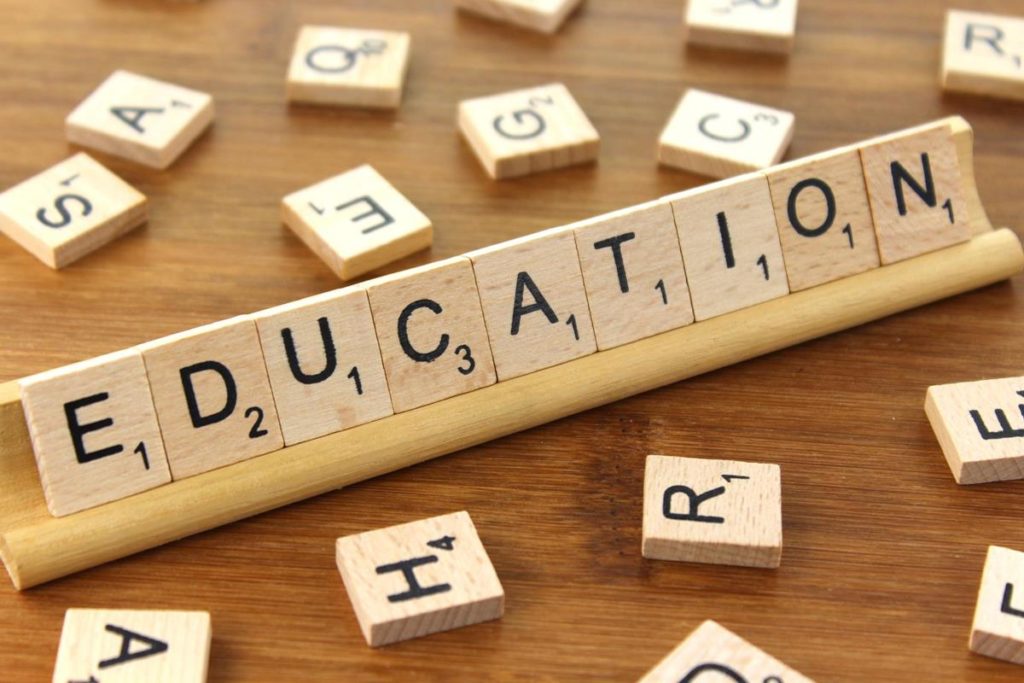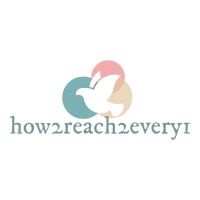5 Simple Ways to Improve Your Customer Education Strategy in Daily Life

Knowing how essential customer education is and where it fits into your company’s broader growth strategy is only half the battle. It’s just as important to perfect your strategy. I understand that it appears to be a big task. But I’m here to assist you. This year, here are five ideas to strengthen your customer education plan.
How Can You Improve Your Customer Education Strategy?
There will always be ways to improve, whether you’re developing your first striving to break through an engagement plateau, or transitioning to an advanced school. Some of the strategies outlined below may already be in use by you. However, for those you aren’t, consider giving them some thought to determine whether they can have a good impact on your strategy and your customers’ performance.
Solve A Single Issue at A Time
There’s nothing wrong with attempting to solve everyone’s problems. That is fundamentally human. However, forcing your customer education program to solve all of the departments’ problems at once (e.g., assisting the Customer Success team in reducing time-to-value, assisting the Support team in reducing ticket volume, and assisting the Tech team in increasing product adoption) will spread you too thin and prevent you from truly assisting.

Instead, concentrate your strategy on a single problem and devote all of your time, attention, and resources to solving it. Then, once you’ve solved it, go on to the next most pressing problem.
Infiltrate The Boardroom and Agree on A Business Methodology.
Marketing and sales departments don’t have the same difficulties as L&D in gaining executive support. Why? Because they have traditionally been regarded as the most significant by leadership teams. Given that customer education is still a newcomer to the organization, gaining support from the top isn’t always straightforward. It is, nonetheless, critical to a successful approach. It will be tough to scale, attract more funding, and align on goals and expectations without an executive sponsor.
If you’ve reached a snag, make it a priority to break into the boardroom with the sole intention of harmonizing on greater business processes (i.e., the KPIs they use to make strategic decisions) and proving short- and long-term value. The leadership team must have the same faith in you as the sales crew.
Request More Feedback
Do you remember when Amazon was just an online bookstore? Jeff Bezos didn’t see the bigger picture until he asked his first few customers what else they wanted to buy from Amazon. He started to evolve the firm after people responded that they’d enjoy the option to buy ordinary products like cleaning supplies, which was the start of an evolution period he wouldn’t have started if he hadn’t been open to criticism. Your customer education plan is no different.
One of the simplest methods to improve your customer education approach, no matter what stage it’s in, is to seek feedback frequently. Send out surveys on a regular basis or hold quarterly lunch-and-learns (virtual or otherwise) to get like-minded consumers together. You may make continual changes to your customers’ learning outcomes by asking for input at regular intervals and keeping the door open.
Integrate Crucial Internal Technology
The most effective customer education programs have an impact on various teams (remember the cross-functional point from earlier?), which means that everyone should speak the same language. It also implies that all key technologies, such as the LMS and CRM your teams utilize, should be on the same page.
You can walk in lockstep with Sales, Marketing, and Services by integrating these fundamental technologies together, keeping everyone aligned and ensuring you’re all moving in the same direction to benefit your customers and the organization.
Invest In User Experience and Design
Excellent content, laser-focused goals, and optimized tech stacks are all part of truly outstandingcustomer education initiatives. The greatest of the best also invest in the appearance and feel of their academies. They spend time and effort to ensure that the learning experience is consistent with their brand and that learners can navigate it on their own. This is one of the most important differentiators you have.
Customizing your academy is subjective, and various people will have different ideas about what it implies. For some, customization begins and ends with the incorporation of their corporate logo and brand colors. For example, the login screen and course completion pages should mean more to you.
Creating A Customer Education Strategy That Will Work
A customer education plan, in reality, is continuously changing. Perhaps your company’s larger goals have altered, or your customers’ learning requirements have changed. This could be due to a lack of engagement from your customers or a struggle to sustain leadership buy-in. Whatever it is, you should be always looking for methods to improve your strategy. The seven examples above are just a few to consider. While you may not be able to use all of the strategies listed above, you may probably use a few of them to better your situation.
- Unlocking the Secrets: How to Become a Successful YouTuber - March 17, 2024
- Unlocking the Power of Home Loan Calculators: A Comprehensive Guide - March 9, 2024
- Understanding Dementia: A Comprehensive Guide - March 7, 2024






